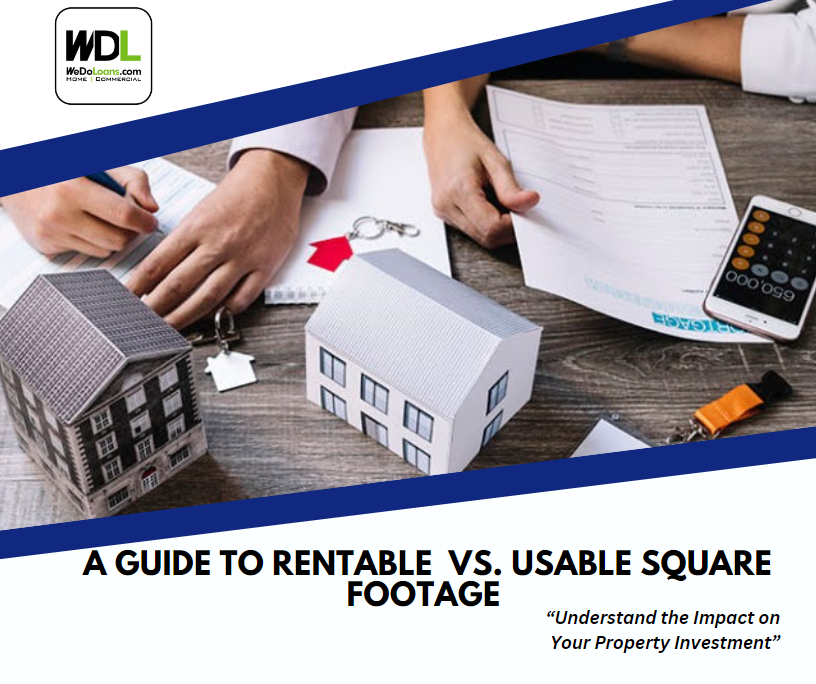
When venturing into commercial real estate, specifically office and retail spaces, it’s pivotal to grasp the difference between rentable square footage (RSF) and usable square footage (USF). This knowledge is essential when dealing with multi-tenant buildings, though it becomes less relevant for single-tenant occupancies or industrial and multifamily properties.
What Constitutes Rentable Square Footage (RSF)?
RSF is the total area for which a tenant pays rent, including both exclusive and communal spaces. Private areas under RSF are entirely under the tenant’s domain, such as individual offices, storage rooms, or any areas enclosed within the tenant’s leased perimeter. Even unique structural elements within these bounds, like pillars or recesses, count towards RSF.
Common areas, while accessible to the tenant, are not exclusively theirs. Think lobbies, elevators, and public restrooms – these shared facilities also contribute to a tenant’s RSF, apportioned according to their use.
Defining Usable Square Footage (USF)
USF, on the other hand, is confined to the private realms a tenant occupies. It does not account for common areas but includes all the exclusive sections listed under RSF. The USF determines the actual operational space a business has for its use, such as for office equipment or furniture placement.
The Key Discrepancies Between RSF and USF
The main variation between RSF and USF is the inclusion of shared spaces. USF is inherently smaller, as it excludes these areas. The difference is quantified by the load factor, often ranging between 10% and 25%, though this can vary greatly.
An insurance office with minimal reliance on shared amenities might see a low load factor, perhaps around 3%. A law firm prioritizing a grand foyer for client impressions might contend with a factor around 15%. Retail spaces, especially in shopping malls with extensive communal features, can experience some of the highest load factors.
Calculating Rentable Square Footage
To determine RSF, one combines the total private area with the tenant’s proportional share of communal spaces. Without a known load factor, the formula looks like this:
Rentable SF = Private Areas SF + (Shared Areas SF × Tenant’s Proportion)
To ascertain the tenant’s proportion:
Tenant’s Proportion = Private Area SF / Building’s Total Rentable SF
If the load factor is known, it simplifies the calculation:
Rentable SF = Usable SF + (Usable SF × Load Factor)
Deriving Usable Square Footage
Calculating USF is a straightforward measurement of exclusive areas, ideally following BOMA standards for accuracy and industry consistency.
Why Recognizing the RSF vs. USF Difference Is Crucial
Both landlords and tenants must be clear on RSF and USF for several reasons:
- Accurate rent calculation depends on RSF.
- Tenants need to know their USF for space planning.
- Understanding both helps determine the load factor, a useful metric for lease evaluation.
- These metrics are often leveraged in lease negotiations by either party.
In Summary
In commercial real estate dealings, especially in office or retail contexts, it’s imperative to understand and differentiate between RSF and USF. This knowledge is a cornerstone in lease discussions, rent computations, and spatial planning, ensuring all parties are on the same page regarding the property’s valuation and capacity.
